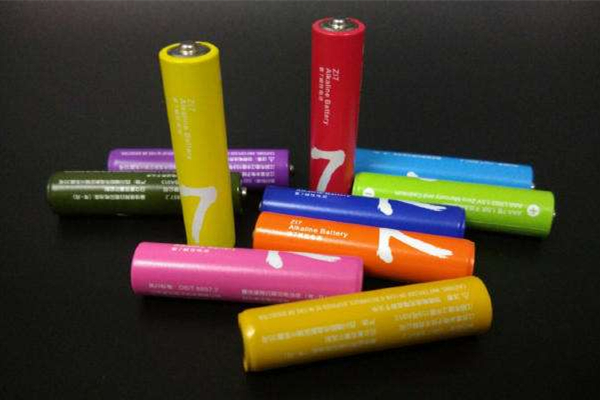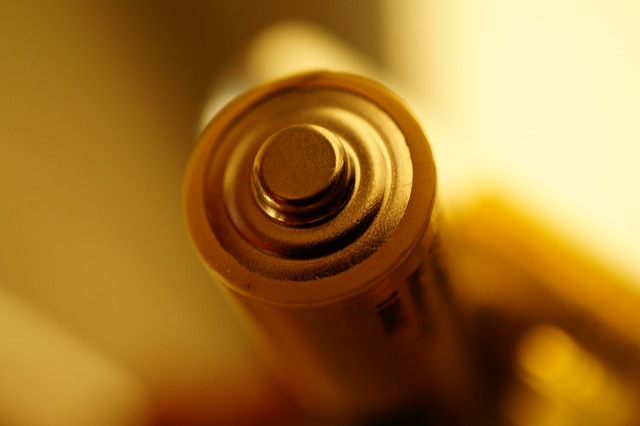Revive Lithium Battery-Possibility, Reviving and Protection
Dec 31, 2019 Pageview:2077
Is it possible to revive a dead lithium battery?
Yes, it’s very much possible to revive a dead lithium battery. However, note that by mentioning lithium batteries, we are referring to lithium-ion cells because these are secondary rechargeable types. The standard lithium batteries are primary non-rechargeable batteries and therefore, cannot be revived as this can pose threats to your safety and that of the environment.
How do you revive a lithium battery?
Identify the battery pack
Rechargeable lithium battery packs are conventional cells which means that they are common everywhere and especially in standard consumer electrical devices. This factor tends to make the batteries reasonably affordable for most users since they can be recharged or reconditioned even when the device itself has adequately served its purpose and is ready for disposal. Check on the type of lithium-ion battery pack you intend to revive because different cells contain different chemical compositions and thus vary with how reconditioning them affects these chemistries.
Take safety precautions
Before cracking open any battery packs to extract the cells, you should familiarize yourself with the necessary safety precautions associated with these batteries. Mishandling of the batteries can be very hazardous because they hold many chemicals that are highly reactive within the cells. Make sure your battery is not in any way damaged or physically flawed because this can cause complications during the reviving process and things could go wrong. Also, make sure that the tools and equipment you intend to acquire, or rather will be told to get, for the process are original and not cheap counterfeits, which can ruin the whole experiment.
Get the necessary tools
If you’re working with single cells, then you’re good to go and only need to acquire a few things, but if you intend on doing the extraction yourself from the battery packs, then you’ll need the following essential tools as well:
Chisel-shaped screwdriver/ Flat blade for fitting into small spaces during the extraction
A spudger for separating casings
Side cutters for cutting wires and opening sealed battery cases
Multimeter for measuring the properties of the cell such as voltage, current or resistance
Gloves for general protective measures
Extracting the cells
Once you have the battery pack and tools ready, its time to start removing the single cells. However, before you commence on the process, ensure that the pack is in no way connected to a load or power output for this can cause severe injuries in case of short-circuits. The design for the casing can be somewhat similar to most batteries with related materials and protection measures applied.
It is recommended that you begin with the corners of the casing using a utility knife and stick it in the edges but not too deep to harm the cells. With the screwdriver, expend the gap created further to separate the halves of the case and use the spudger to keep them from closing back in. Dig out the cells and set them aside for the start of the primary process.
Inspect and prepare the cells
Look closely at the arrangements of the cells whether they may be in a series or parallel connection. For most lithium-ion batteries, the cells are usually connected by welded tabs connecting the positive to the negative terminals. You will therefore, have to separate them for efficient charging and monitoring but in the process, you should be careful when doing so. This is where the side cutters come in handy as they fit into the smallest of spaces to cut the tabs without causing any shorting across the battery terminals. Try as much as possible not to damage or the protective insulation on the cell wall as this can also cause short circuits especially when handling them with metal objects. Complete this step by pulling off the tabs but be careful as they tend to be very sharp-edged.
Salvaging your battery
Salvaging the batteries poses as a challenge because it is difficult to tell their age and how well they were handled or whether they were in any way flawed. Lithium-ion cells are quite sensitive to overcharging and undercharging and thus lose a large amount of their capacity during such occurrences. Be sure to measure the voltage of the cells if possible, using the multimeter; however, the readings may be extraordinarily low, indicating the absence of life within the cells. When over-discharged beyond their C ratings, these cells may go to sleep or die and therefore resist any intake of charge.
If the reading on the multimeter is under 2V, then the cells can comfortably be termed as dead. However, if the reading made is 0, then the battery has fulfilled its destiny on earth and needs to be disposed of because trying to revive them may be hazardous. You will need to salvage the low voltage cells using an appropriate charger, such as a LiPo charger.
The resurrection
Insert the dead cells into the LiPo charger and switch it on starting with the lowest possible charge current available. The process may take a while and require you to monitor the state of the batteries every 10 minutes while taking their voltage readings. Once the batteries are fully charged, take them out of the charger and let them cool down for a while. Insert them back into the LiPo charger and discharge them again using the lowest discharge voltage first while monitoring them at the same time interval during charging and taking their voltage readings.
When you’re done, be sure to freeze the cells for about 24 hours and in the process, ensure no moisture comes into contact with them. This can best be prevented by putting the cells in a plastic bag before inserting them into the freezer. However, do not put more than one cell together into the container. After the 24 hours are over, let them out and set them aside at room temperature for 8 hours. Finally, place the battery back into the LiPo charger and charge it to its maximum capacity.
How do you protect lithium batteries after reviving?
There are many ways of protecting or keeping your lithium batteries in check after reconditioning them and here are a few of them:
Keep the cell and its terminals dry and clean.
Use the appropriate charger for charging and discharging as well.
Use specially designed containers to store or transport your batteries.
Keep them away from extreme temperature variations.
Final thoughts
Hopefully, this guide has helped show you how to recondition dead lithium batteries the right way and has thus done away with the need for disposing of the cells. However, whenever the batteries have reached their final stage of service, be sure to recycle them by disposing of them appropriately.
Leave Message
Hottest Categories
-
Hottest Industry News
-
Latest Industry News












